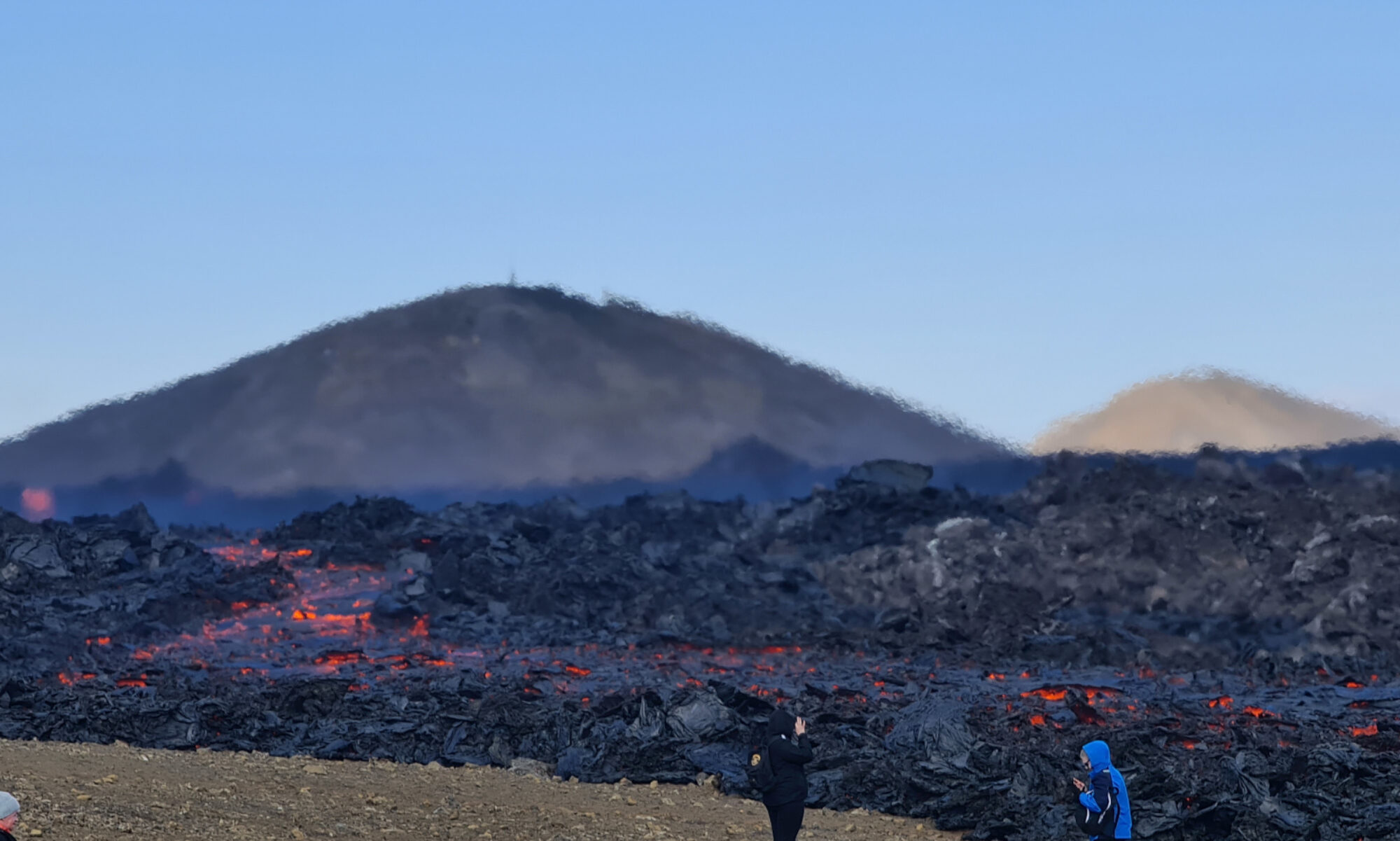This is just a short overview of the Askja volcano earthquakes that have been taking place over the past few weeks. I do not at this have a good picture of what is happening in Askja volcano.
In Week 15 earthquake activity started north of Askja volcano. This activity have been growing since then, with considerable difference between Week 16 and Week 17. Currently the earthquake activity is ongoing. It is not clear if this earthquake activity has slowed down or not. Many of the earthquakes that are taking place north of Askja volcano are shallow. But most of the earthquakes are happening on a depth from 1 km and up to 0.0 km. I am currently unclear on why the activity is so shallows as seems to be the case.
A second set of earthquakes have also been taking place in Askja volcano system. But this earthquakes are taking place east of main Askja volcano. But Askja volcano fissure system goes east and then north from the main volcano. It also goes several km south of main Askja volcano. But that area has not seen any activity so far. While the activity east of Askja volcano is not clustered as it is north of it. It is showing many of the same signs as the earthquakes north of Askja volcano. They are shallows with most of the earthquakes taking place in less then 1 km depth. As before I am not sure why the earthquakes are taking place on less then 1 km depth. But one idea for both the earthquakes north and east of Askja volcano is that there is magma pushing up the bedrock north and east of Askja volcano. But does not at this time have the power to break up trough the crust and start a eruption. Only one deep earthquake has so far been recored, it was on a 22,8 km depth. The location of this earthquake was not far from Herðubreiðartöglum mountains.
Due to lack of GPS data it is hard to see any deflation or deformation in Askja volcano. But it has been known since last year (2010) that Askja volcano has started to prepare for a eruption. But it remains unclear how long it is until Askja volcano is fully ready for a eruption. Last eruptions that took place in Askja volcano where in the years 1961, 1938, 1926, 1924, 1923. More on Askja volcano eruption history here (GVP web page).

